In the world of miniature dairy goats, generational breeding is a fascinating aspect. The journey begins with the first generation, known as F1. This generation emerges from two possible crosses: either a Nigerian Dwarf (ND) with a standard-sized doe from one of the recognized dairy breeds or a miniature dairy goat crossed with either a standard-sized goat or a Nigerian Dwarf. Such combinations lead to the creation of the first-generation miniature dairy goat.
The progression to subsequent generations follows a straightforward pattern. When two F1 miniature dairy goats are bred together, they produce a second-generation (F2) offspring. Continuing this pattern, an F2 bred with another F2 leads to an F3 offspring, and the sequence continues in this manner. It’s important to note that in the mini dairy goat herd book, foundation animals, including ND or standard breeds, are classified as the 0 generation.
A unique rule governs the generational progression of offspring. The generation of any kid is determined to be one generation higher than the lowest generation of its parents. For instance, if an F3 goat is bred with an F1, the resulting offspring is classified as an F2. This rule holds regardless of the higher generation’s level; hence, even an F6 bred with an F1 will still yield an F2 kid. This systematic approach to breeding helps maintain clarity in the lineage and generational advancement of miniature dairy goats.
